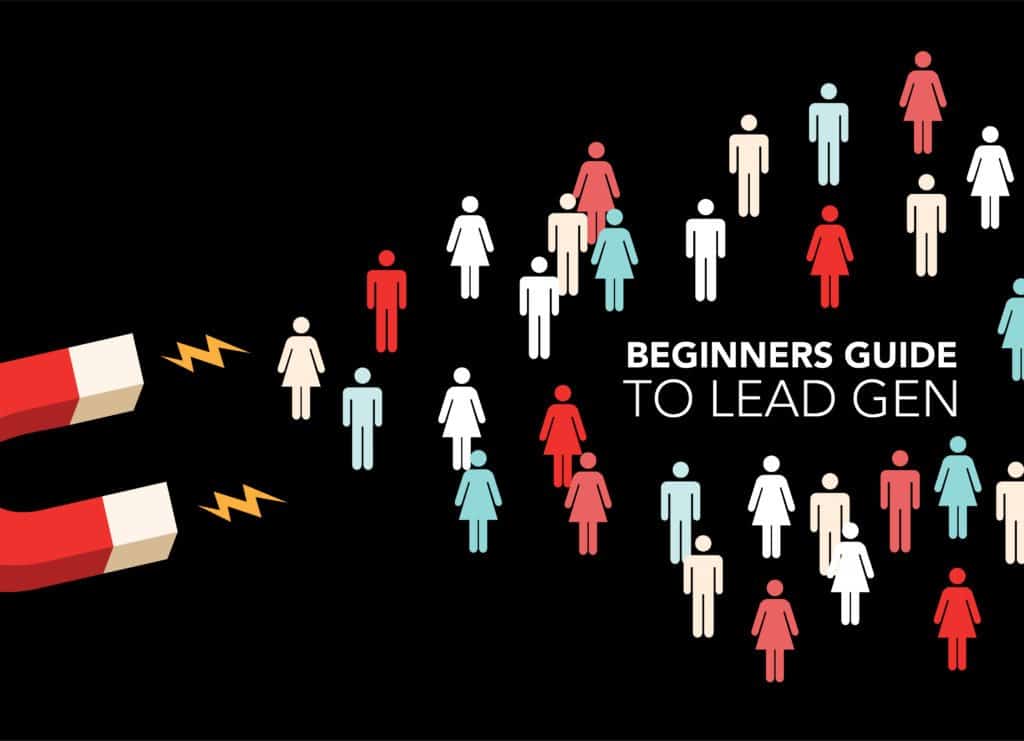Breaking Your Digital Marketing Rut
New marketing strategies become dramatically more predictable and pitchable with the ability to create reliable goals and anticipate your ROI. Digital marketing provides an unparalleled level of forecasting, which you can leverage into creating bold new campaigns. Most major platforms used to manage digital efforts have some level of forecasting support, meaning you can leave the data science to the experts and focus on execution. That being said, it’s important to remember that forecasts are estimates, and a number of factors can impact the performance of your campaign. Forecasting tools are designed to give you an idea of how your campaign may perform, but as with all estimates, there’s a degree of variability.
I first discovered the value of forecasting ROI in a previous venture. The company I worked for at the time was in the midst of a digital marketing rut. We had a proven track record on familiar platforms and campaign structures – we maintained it, made a few small adjustments, and checked in from time to time to make sure it wasn’t broken. I came in to help provide additional resources but felt stuck within our methods because of uncertainty with how different advertising channels may perform. It turns out, it’s a lot easier to pitch a brand new approach when you can point to a figure and say “we make more money doing this.”
To help you break out of a digital marketing rut and put some calculations behind your marketing ideas, we’ve put together a few tools to help you build confidence as you test the waters and experiment with new initiatives.
First things first: Let’s talk about leads
Most digital marketing efforts are focused on one ultimate goal: to generate leads. To determine your ROI, you first need to estimate how many leads your efforts will generate. Regardless of your chosen platform, there’s likely some form of predictive tool that can help you capture your anticipated number of leads. We’ve highlighted a few below along with some helpful tips for using them to calculate anticipated leads. With a few of these, you’ll need to use industry averages to actually predict your anticipated leads. If you have historical data in a given platform, we recommend using this over industry averages.
Google Ads Search
Google Ads provides an effective tool called the Google Keyword Planner to gather insights about how your Search campaigns may perform. It requires a list of your targeted keywords and established conversion metrics to provide conversion projections. If you need help deciding on keywords for your campaign, we recommend SEMrush . If you don’t have conversion metrics in place, you can always calculate conversions using industry average conversion rates multiplied by your anticipated number of clicks.
Google Ads Display
The Google Display Planner is no longer available, but there is a workaround to gather some insights on future display campaigns. You’ll need to construct the campaign in Google Ads as if you were going to launch it and then Google will provide you with weekly estimates. You can then use these estimates to calculate your anticipated conversions. Again, if you don’t have conversion metrics in place you can use industry average conversion rates multiplied by your anticipated clicks to gather this information. Here’s a helpful tutorial on how to use this feature, even if you don’t have ads ready yet.
Facebook/Instagram Ads
Facebook ads provides a forecasting tool alongside ad creation. Once you’ve finished creating your ad, Facebook provides an anticipated reach. Multiply this by the industry average click-through rate and conversion rate to get your anticipated conversions/leads. Instagram, unfortunately lacks consistent data on industry averages at this time, and published averages seem to be pretty widely spread. For a reasonable estimate, you’ll need historical data for Instagram Ads.
LinkedIn Advertising
LinkedIn provides real-time forecasting as you build your campaign, similar to Facebook/Instagram. The key difference is that LinkedIn provides a much larger pool of metrics, which are displayed as ranges. Metrics provided are anticipated spend, impressions, CTR, clicks, and leads (for some ad formats). In order to refine the ranges to a single number, you can average the two ends of the range.
How to Find Your Anticipated ROI
Here, we get into a bit more math. In order to find our ROI, we’ll need to use a few formulas. If you have a well maintained CRM loaded with data points, your efforts will really pay off. If your CRM is a little less functional, or maybe you don’t have one at all, you will need to use educated guesses. After all, we’re only looking to estimate how the campaign will perform.
Below are key formulas to calculate ROI.
Average Value Per Lead
(Revenue / Number of Leads) OR (Sales Close Rate x Average Sale Amount)
Average value per lead is the average revenue generated from each lead. This is a really valuable metric to have on hand as it allows you to further quantify marketing efforts before your sales cycle has concluded.
Sales Growth From Marketing Efforts
(Average Value Per Lead x Anticipated Number of Leads)
Sales Growth From Marketing Efforts will give you the revenue from a given campaign. If you’re looking to also find gross margin on the campaign, you can take the Sales Growth From Marketing Efforts and multiply it by your Gross Margin Ratio, then subtract Marketing Cost.
Marketing ROI
(Sales Growth From Marketing Efforts – Marketing Cost) / Marketing Cost)
Marketing ROI is your golden metric. This is what you’ll use to justify your efforts and sell your campaign.
Take It to the Next Level
This is a baseline strategy that should help build confidence and flexibility in your digital marketing strategizing. Once you’ve got a handle on the overall process and have an active campaign, you can revisit your forecasts and make note of where there were inaccuracies. Investigate your inaccuracies and use that information to better understand what went wrong and how you can refine your forecasting moving forward. Feel free to get creative, building metrics that are beneficial for your business (e.g. average lead value for social/paid search/display, etc.). Use the confidence that forecasting brings to build bold new strategies and break out of repetitive patterns.
Measuring your ROI is a critical step in your digital marketing efforts. Not sure where to start? FUEL can help. Contact us today to start the discussion.







